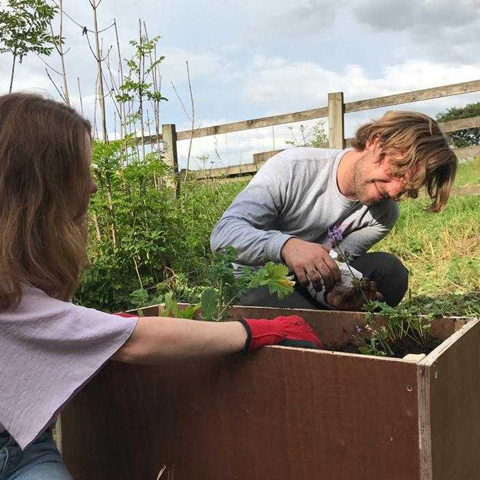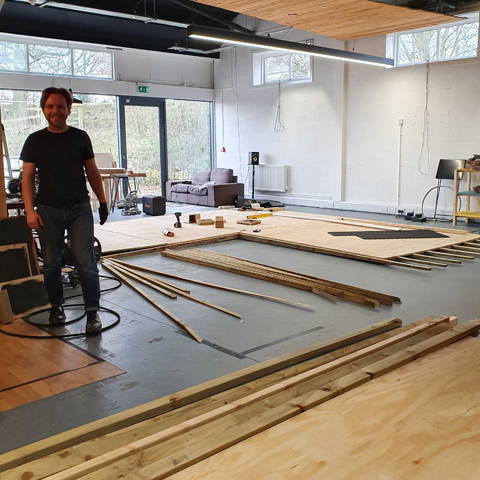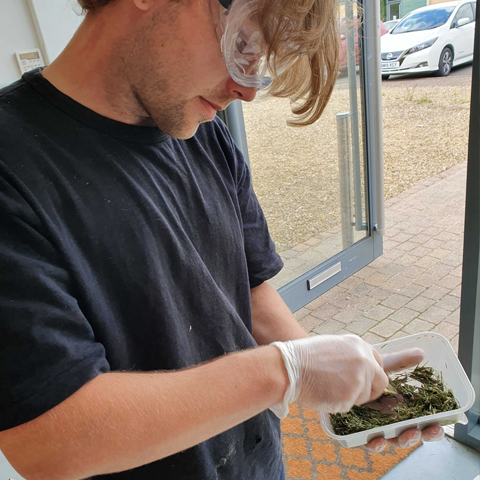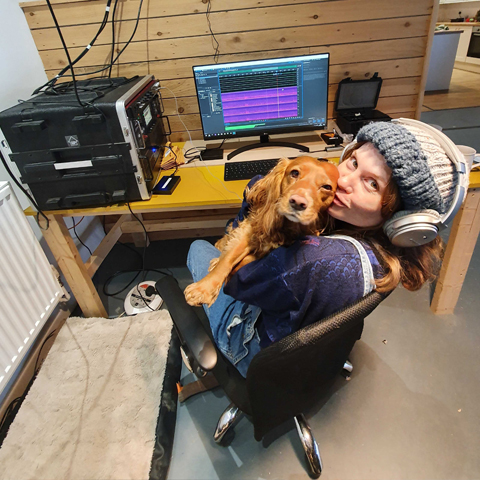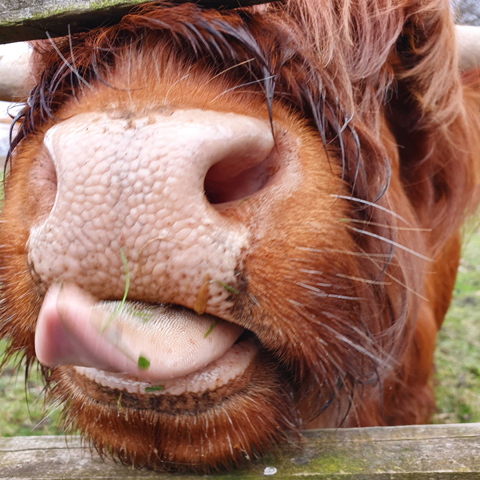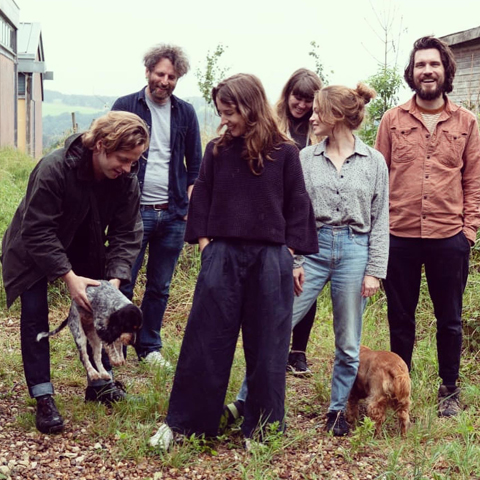Becoming a Sustainable Studio
Digital, Journal, Research and DevelopmentBecoming a Sustainable Studio
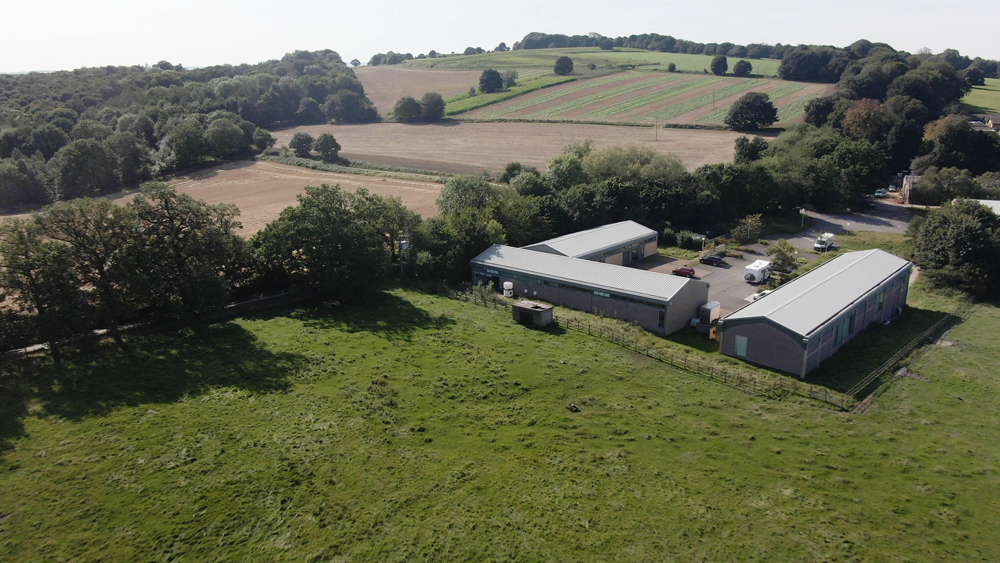
We moved into our new studio, which is based at Yorkshire Sculpture Park at the end of February, just before the global pandemic shut everything down. This new rural location provides us with ample space in comparison to our central Leeds studio that we had outgrown. This move to a larger space marks a turning point for the studio as a physical space, increasing the capacity of what we can create in house and the number of people that we can host at any given time. It also gives us control of our waste management, electricity supplier, gas and the building itself which we didn’t have in our studio in Leeds. The studio now houses our workshop, electronics lab, meeting space, multipurpose project space, kitchen and garden. Our aim in the new studio is to reduce our carbon footprint from production and the studio itself on a day to day basis.

ENERGY:
One of the easiest and first things we did in our new studio is to move to a Green Energy tariff which means that the energy we use is 100% renewable, we chose to go with Good Energy. We also explored generating energy ourselves, we looked at wind and solar panels, but after a few quotes we decided that it is not viable right now, as we couldn’t generate a large enough amount of energy for it to be efficient due to our roof position and nearby trees. Our heating and the hot water for the studio still comes from a gas boiler with plans to swap it out for an electrical boiler to bring our gas usage to zero but in order to do that we need to first insulate our studio to be able to keep the warmth in. We are aiming to insulate our building by the end of 2020, the insulation we have chosen is 100% sheep wool which is a sustainable material and easily recyclable and re-usable.

WASTE:
Being a digital studio we use a lot of electronic components, we are very aware of the growing e-waste problem so we try and recover as much as we can after every show or R&D period. It is a slow process as there are a lot of small parts, but it is an important process to take responsibility for the things that we making. We also don’t want these components just collecting dust on shelves so we are always happy to share and help out other artists and makers. The biggest waste in our studio is packaging from deliveries which is often out of our control. We currently recycle all the paper, but as it is now we are only able to recycle PET and HDPE plastic. PP plastic still gets collected and turned in to sheet material as an in-house side project. The system still needs improvement but we are working on it.

MATERIALS:
The workshop uses a lot of wood and metal, most of which is retrieved from previous projects. Any new materials that we source comes from certified suppliers. However we are also exploring more sustainable alternatives to the materials that are widely used in production e.g. mdf and plywood, through researching new materials that aren’t widely available yet as well as experimenting with creating new materials ourselves. Once a month we all join in with our Materials Club, where we explore new materials and techniques that we find interesting, so far we have explored mycellium and compressed pine needles. A further aim of our Materials Club is to create a knowledge pool of alternative materials and processes that we can share with anyone that is interested.

FOOD:
We had previously decided that all the food we serve in our talks and events will be vegetarian and if possible we will cook it. As well as creating a sociable atmosphere, this keeps food waste and single use plastic waste down significantly. On a normal day, the studio will eat lunch together that is prepared in our kitchen by one of the members of the team. The food waste gets composted in our garden to be used in our little veg patch that we have planted. It’s still small, but we hope it will expand as we grow into the space.

THE FUTURE:
This new physical space will allow us to host more residencies and visiting artists and makers, each bringing with them new conversations about sustainability and sustainable practice. This is an ongoing process in which we are learning and discovering new ways of becoming a sustainable studio.
Klavs Kurpnieks – Studio Manager
